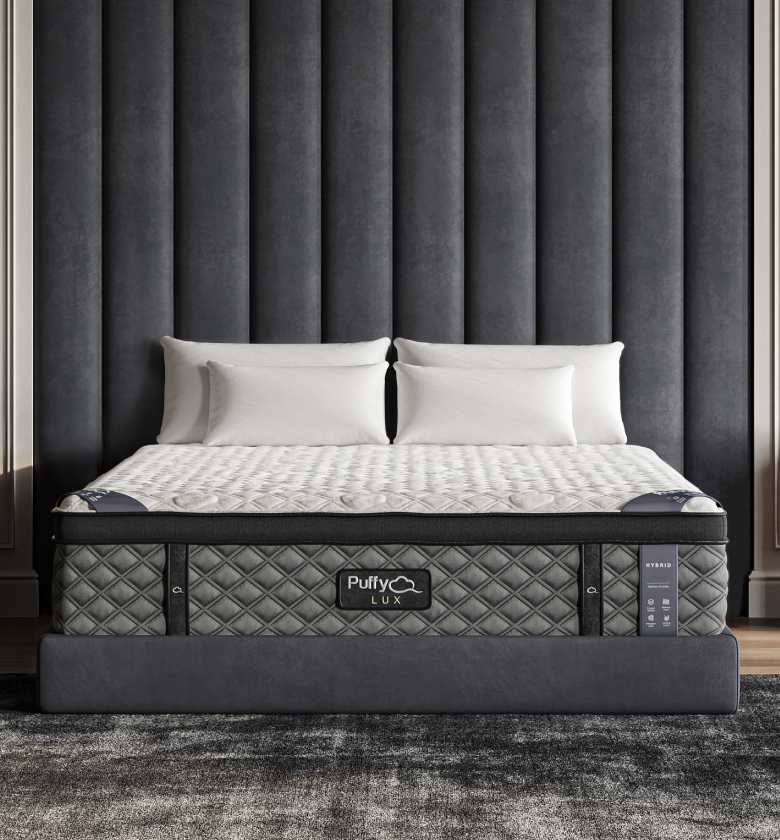Key Takeaways
- Pillow materials, dust mites, and allergens can cause head itching.
- Sweat buildup and product residue may lead to scalp irritation.
- Regular washing and hypoallergenic pillowcases help reduce irritation.
- Choosing the right pillow can improve sleep quality and prevent discomfort.
Itching sensations while resting your head on a pillow can be frustrating, especially when it disrupts sleep. If you’ve ever wondered, “Why does my pillow make my head itch?” you’re not alone.
There are several possible reasons for this issue, ranging from allergens to fabric irritants. Understanding these causes can help you find solutions for a more comfortable and restful sleep.
Why Does My Head Itch When I Lay on a Pillow?
If your head starts itching as soon as you lay on your pillow, consider the following potential causes:
1. Dust Mites and Allergens
-
Dust mites thrive in bedding and pillows, feeding on dead skin cells.
-
Their presence can trigger allergic reactions, including scalp itching and irritation.
-
Solution: Use a hypoallergenic pillow and wash pillowcases frequently in hot water. Encase pillows in allergen-proof covers to further reduce exposure.
2. Pillow Fabric and Materials
-
Certain synthetic fabrics may trap heat and irritate sensitive skin.
-
Low-quality materials might contain chemicals or dyes that cause itching.
-
Some pillows contain latex or memory foam, which can trigger sensitivities in some individuals.
-
Solution: Opt for natural materials like cotton or silk pillowcases to reduce irritation. Look for OEKO-TEX certified bedding to ensure it is free from harmful substances.
3. Sweat and Oil Buildup
-
Night sweating leads to moisture accumulation, creating an ideal environment for bacteria.
-
Oils from the scalp can soak into pillows, leading to clogged pores and itching.
-
Heat retention in certain pillow types can exacerbate sweating, increasing irritation.
-
Solution: Wash pillowcases regularly and consider using a moisture-wicking pillow protector. Choosing a cooling pillow made with breathable materials can help regulate temperature.
4. Hair and Skin Product Residue
-
Shampoos, conditioners, and styling products can leave behind residues that cause irritation.
-
Some ingredients may react with pillow materials, worsening itching.
-
Certain leave-in hair treatments or face creams may contain fragrances or chemicals that can transfer onto your pillow and cause discomfort.
-
Solution: Rinse hair thoroughly before bed and choose fragrance-free hair products. Allow hair to dry completely before resting your head on the pillow.
How to Prevent Pillow-Related Itching
Preventing an itchy scalp while sleeping involves maintaining a clean and allergen-free sleep space.
1. Regular Pillow Cleaning
-
Wash pillowcases at least once a week to remove dirt and oils.
-
If your pillow is machine-washable, clean it every few months.
-
Replace pillows every 1-2 years to minimize allergen buildup.
-
Consider using a gentle, hypoallergenic detergent to prevent further irritation.
2. Use Hypoallergenic Bedding
-
Hypoallergenic pillows and cases help repel dust mites and allergens.
-
Look for bedding made from organic or naturally hypoallergenic materials to minimize exposure to potential allergens.
3. Keep Hair and Scalp Clean
-
Wash hair regularly to prevent product and oil buildup.
-
Use a gentle, sulfate-free shampoo to reduce scalp irritation.
-
Avoid applying heavy or fragranced products to your hair before bed to prevent transfer onto pillows.
4. Choose the Right Pillow Material
-
Best options for sensitive skin:
-
Cotton: Breathable and gentle on the skin.
-
Silk: Smooth texture reduces friction and irritation.
-
Bamboo: Hypoallergenic and moisture-wicking.
-
Down Alternative: Soft and breathable, ideal for allergy sufferers.
-
A Puffy Lux Mattress combined with a hypoallergenic pillow ensures a clean and breathable sleep environment, reducing potential irritants.
Could an Old Pillow Be the Problem?
Over time, pillows accumulate dead skin, bacteria, and sweat, making them a breeding ground for allergens.
If your pillow is several years old, it may not only be losing support but also contributing to skin and scalp irritation.
Signs Your Pillow Needs Replacing:
-
Yellowing fabric from sweat and oils that doesn’t wash out.
-
Persistent odor even after cleaning.
-
Lumps and flattened areas that no longer provide adequate support.
-
Increased allergy symptoms like sneezing, congestion, or itching.
-
Frequent breakouts or scalp irritation caused by lingering bacteria.
-
Pillow feels excessively warm at night, leading to discomfort and sweating.
Additional Tips for a Comfortable, Itch-Free Sleep
-
Use an air purifier to reduce airborne allergens and improve indoor air quality.
-
Wash bedding in fragrance-free detergent to avoid skin irritation from harsh chemicals.
-
Flip, fluff, and rotate pillows regularly to prevent dust buildup and maintain shape.
-
Try a silk or satin pillowcase for added comfort, reduced friction, and a smoother sleep surface.
-
Maintain a consistent bedroom temperature to prevent excess sweating and bacterial growth on pillows.
-
Consider using a cooling gel pillow or a breathable pillowcase to help regulate temperature and prevent irritation.
Upgrading to a high-quality, breathable pillow, such as one paired with a Puffy Royal Mattress, helps maintain a fresher, cleaner sleeping surface and supports better overall sleep hygiene.
Conclusion
If your pillow makes your head itch, identifying the cause is the first step to relief.
Whether it’s dust mites, fabric sensitivity, or sweat buildup, simple adjustments like choosing the right pillow materials and maintaining proper hygiene can significantly improve sleep comfort.
Investing in hypoallergenic bedding and high-quality materials will help create a healthier sleep environment, ensuring restful and irritation-free nights.

- 8 layers of cloudlike luxury.
- Medium-plush feel.
- Gel-infused cooling.
- 101-night sleep trial.












